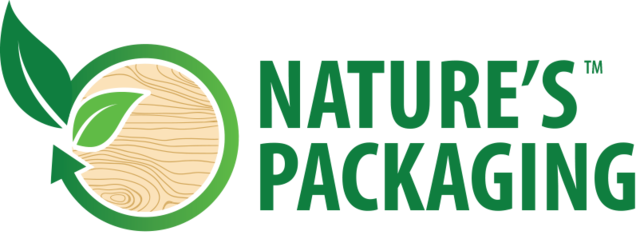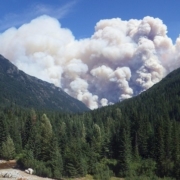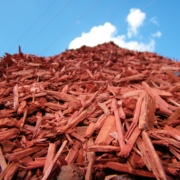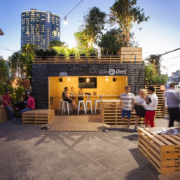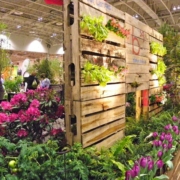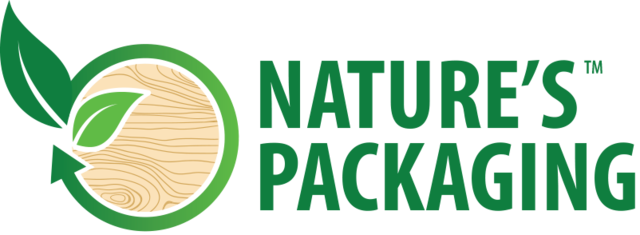Prévention des incendies de forêt : faits, campagne publique et meilleures pratiques
Prévention des incendies de forêt : faits, campagne publique et meilleures pratiques
Le Service des parcs nationaux des États-Unis estime qu'aux États-Unis, 90% de tous les incendies de forêt sont causés par l'homme et que les 10% restants sont d'origine naturelle. Les humains peuvent provoquer des incendies de forêt à partir de feux de camp mal éteints et de mégots de cigarettes allumés jetés dans les broussailles. Les 10% restants des incendies de forêt sont causés par la foudre ou la lave d'un volcan en éruption. Le taux de prévalence des feux de forêt d'origine humaine au Canada est bien inférieur à celui des États-Unis. Le gouvernement du Canada estime que chaque année 45% d'incendies de forêt sont causés par la foudre, ce qui représente jusqu'à 81% du total des terres brûlées par an, et 55% d'incendies de forêt sont causés par des humains. Le Système d'information sur les feux de forêt du Canada fournit une carte météorologique détaillée, mettant en évidence les forêts et les prairies du pays qui sont à risque d'incendie et fournissant des informations à jour sur les feux de forêt actifs.
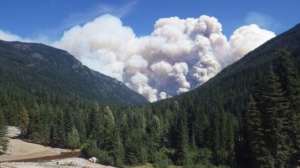
L'incendie de Wolverine Creek situé au nord-ouest de Lucerne, WA a commencé le 29 juin 2015 et a consommé environ 25 000 acres. L'incendie a été provoqué par un coup de foudre. Photo USFS.
En Amérique du Nord, la campagne publique pour prévenir les incendies de forêt a commencé dans les années 1940 aux États-Unis avec Smokey Bear et est la campagne publicitaire de service public la plus longue de l'histoire des États-Unis. Depuis ce temps, Smokey Bear est devenu un symbole nord-américain de la prévention des incendies de forêt, car il est largement reconnu aux États-Unis et au Canada. La campagne de Smokey Bear est passée d'une série d'affiches et de publicités à des présences actives sur les réseaux sociaux sur Instagram, Facebook et Twitter.
Les incendies de forêt qui se produisent à proximité de zones densément peuplées sont de loin les plus dangereux en raison des menaces qu'ils font peser sur la vie humaine et des dommages matériels qui peuvent s'ensuivre. L'incendie de Fort McMurray de mai 2016 en Alberta, au Canada, a été causé par des humains et est l'incendie le plus coûteux de l'histoire du Canada, coûtant aux assureurs environ $3,58 milliards de dollars canadiens. Aux États-Unis, les personnes accusées d'avoir déclenché un feu de forêt peuvent faire face à de lourdes conséquences juridiques. Keith Emerald a été accusé d'avoir déclenché l'incendie de Yosemite Rim en 2013 à partir d'un feu de camp sur un terrain escarpé. Bien que les charges retenues contre lui aient été abandonnées, il risquait une peine d'emprisonnement de 5 ans et une amende minimale de $250.000. Avec la menace d'une peine de prison et de lourdes amendes, les Américains font face à des sanctions sévères pour avoir déclenché des incendies de forêt. Une pratique utilisée pour prévenir les incendies de forêt consiste à planifier un brûlage contrôlé, où les terres à haut risque d'incendie sont intentionnellement brûlées dans un cadre supervisé et réglementé. Lorsqu'il est correctement exécuté, cela peut donner aux forêts l'avantage du feu sans présenter de risque pour les communautés voisines ni imposer les ressources publiques.
Le problème demeure que la majorité des incendies de forêt en Amérique du Nord sont causés par des humains et cela met à rude épreuve les ressources de notre public. Cependant, dans de bonnes conditions, les incendies peuvent être bénéfiques pour l'écosystème car ils laissent derrière eux une canopée exposée et un sol fertile pour favoriser la croissance de nouvelles plantes. En fait, certaines espèces d'arbres qui ont des cônes sérotineux comme certaines espèces de grand séquoia de Californie et de pin gris du Canada ont besoin de feu pour que leurs graines sèchent, s'ouvrent et germent pour favoriser une nouvelle vie. La nouvelle vie végétale et la croissance des arbres doivent être soutenues pour que les forêts nord-américaines continuent de fournir du bois pour notre avenir.
Liens référencés
- Service des parcs nationaux des États-Unis
- Système d'information sur les feux de forêt au Canada
- Gouvernement du Canada
- Pratique de prévention des incendies de forêt d'un brûlage contrôlé
- Affiches et publicités de la campagne de Smokey Bear
- Le grand séquoia de Californie
- Le pin gris du Canada
- Suivez Smokey Bear sur Instagram, Facebook et Twitter
(Photographie de Service des forêts du Département de l’Agriculture des États-Unis
